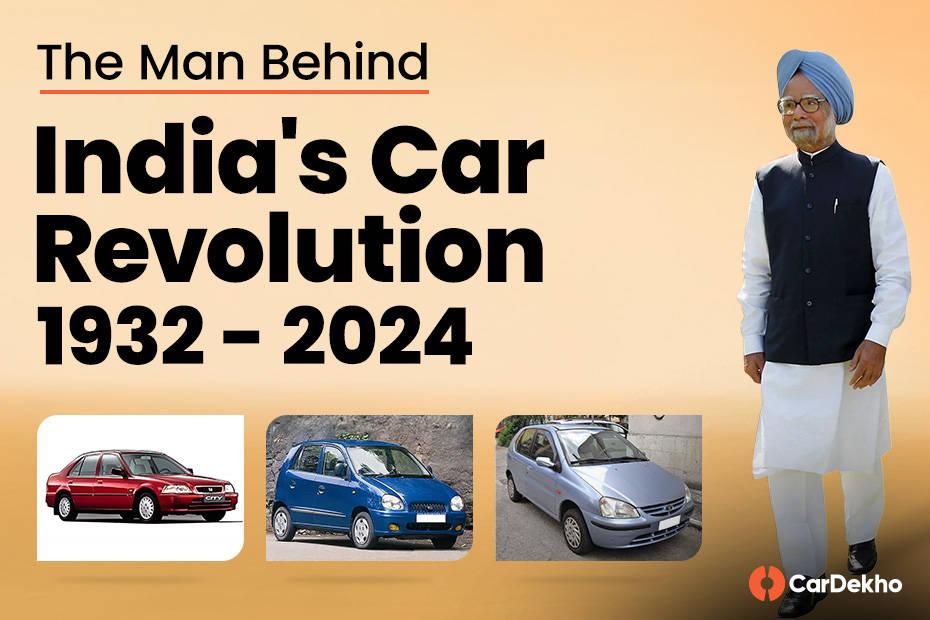No ABS? Here's How to be Safe While Braking
Modified On Dec 02, 2015 08:10 PM By Abhijeet
- Write a comment

With the rising concern of safety, the Indian buyers are looking for safer cars with standard basic safety features like dual airbags and ABS. In reaction, manufacturers like Maruti and others have begun standardizing these two in some cars, like Maruti Baleno, Ford Aspire, etc. Government too is going to make these safety features compulsory in the coming two years or so. But, there is a good number of non-ABS cars existing in the country and hard braking in such vehicles is always risky, so here are a few things that you can keep in mind while braking till you buy your next car that should definitely have an ABS system.
Before anything else, what does an ABS do?
ABS works on a simple principle of keeping the wheels rotating irrespective of the driving conditions. This is done so that a car could only be steered if the wheels are not locked and are rotating. As in the locked wheel scenario, the contact patch stays still and the car goes straight irrespective of the fact that one is turning the steering wheel or not. An ABS unit gets sensors that monitor wheel lock and as soon as they sense such condition they actuate a servo that overrides the pedal response given by the driver and makes the pads constantly grab and release the brake disc so as to keep the wheel moving.
This is the reason why ABS makes high speed turns safer to execute even if the driver is braking in the curve itself. The wheels don’t lock and the vehicle will complete the curve, otherwise it will just go straight. Ahh! there is no better way to explain this than the following pictorial, yes it's the same annoying one that we see in every car manufacturers website or newspaper commercial.

Prevention is better than Cure!
Always keep three things in mind while in a non ABS car. First, the car doesn’t have ABS, second, the car doesn’t have ABS and third the car doesn’t have ABS. So for these three discrete reasons never go over speeding. As things happen in a fraction of second and a mere difference in the speed of vehicle could either reduce the damage or escalate it to some serious levels, at times fatal. A vehicle involved in an accident at 40 km/h will see less than half the damage than the same vehicle involved in an accident at 60 km/h.
Despite these measures, I mean by staying in the speed limits, there are certain situations that may require hard braking and executing some steering maneuvers also. But, the loss of control over the vehicle could be avoided if you have a good practice.
Slow motion Video Showing the difference in impact damage on speed difference
How to Brake safe?
Know your car

The first step is understanding the braking of your car and by that I mean at what depression of the pedal the wheels tend to lock. This is usually down to the bite of the brakes, most of the cars have a progressive bite, while others have a frequent bite which tend to lock on a very less pedal input. By knowing this you will be able to analyse that at what particular speed and pedal depression the wheels will lock, so that you can release the pedal again, in order to keep the wheels rotating. Practice this by observing your pedal inputs and this will help you stay normal and in control if something unexpected happens.
Use the engine

Engine braking is a very effective thing to bring into your braking habits. It is frequently used in off-roading for safely climbing down an incline while keep the vehicle engaged in low ratio gears and not using the brake pedal. However, the engine braking mentioned here is different from that in off roading (explained in infographic). It has three benefits.
One- it takes the whole load of braking off the brakes and distributes it evenly with the engine. Consequently, the wheels are less likely to lock when the brake pedal input is gentle as engine will keep the wheels powered.
Two- it relieves the use of clutch frequently and hence the clutch plate will last longer.
Three- as the load is divided the brake pads will also last longer.

Pumping the brakes
Pumping the brake pedal gently mimics the same action as given by the ABS, as said earlier the ABS unit frequently grabs and releases the brake disc so as to keep the wheel in motion. This is very effective at speeds close to 90 kmph also, but the brake pedal has to be pumped gently, otherwise it could be intimidating for you and the other vehicles on road. This pumping could be better defined as squeezing the pedal till the limit when it just starts to skid and then withdrawing the foot and then again squeezing the pedal, repeating this till you feel that the vehicle is now in control. To know when the wheels are going to lock up you have to follow the “know your car” point.

Practice makes one perfect and in case of cars practice will also help you keep away from panics in emergency situations. A mind that could think in emergency situation will help you apply these techniques efficiently and will make your driving safer.
And even if your car does have ABS, these few things will help you stay more focused on the drive, thereby making it more effective over time. Though, with an ABS fitted car you have to omit the pumping-the-brakes step and just press the pedal in a planted manner.
Hope this helps and watch out for those Vikat Modes. Period.
You may also like
AMG GT S - Mercedes' Flagship Hooligan
The Nissan Heritage Collection
Find Out What Makes Elite i20, Creta, YRA Stand Out of the Rest!










